What Is High Dynamic Filter Camera?
In the ever-evolving world of photography and videography, technology continues to push the boundaries of what is possible. One such advancement that has garnered significant attention is the high dynamic filter camera. This innovative technology is designed to enhance the dynamic range of images, allowing photographers and videographers to capture scenes with a greater range of light and shadow. In this article, we will delve into the intricacies of high dynamic filter cameras, exploring their benefits, applications, and how they can revolutionize your photography and videography endeavors.
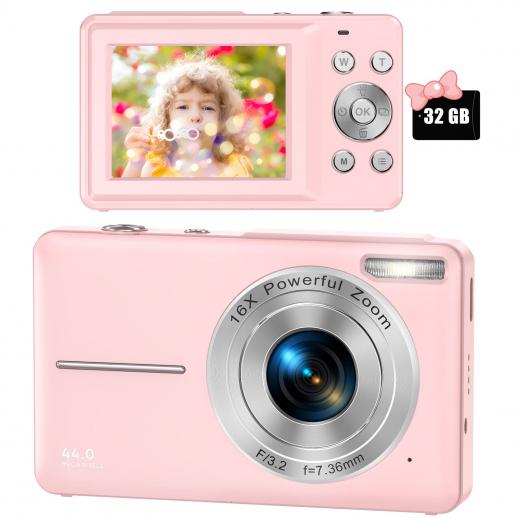
Understanding Dynamic Range
Before we dive into the specifics of high dynamic filter cameras, it is essential to understand the concept of dynamic range. Dynamic range refers to the difference between the darkest and brightest parts of an image. A camera with a high dynamic range (HDR) can capture more details in both the shadows and highlights, resulting in a more balanced and realistic image.
Traditional cameras often struggle to capture scenes with a wide range of light intensities. For instance, in a high-contrast scene, such as a sunset, a standard camera might either overexpose the bright areas or underexpose the dark areas, losing crucial details in the process. This is where high dynamic filter cameras come into play.
What is a High Dynamic Filter Camera?
A high dynamic filter camera is equipped with advanced technology that allows it to capture a broader range of light intensities. This is achieved through a combination of hardware and software enhancements. The primary components that contribute to the high dynamic range capabilities of these cameras include:
1. Sensor Technology: High dynamic filter cameras often feature advanced sensors that can capture a wider range of light intensities. These sensors are designed to be more sensitive to light, allowing them to capture more details in both the shadows and highlights.
2. Image Processing Algorithms: The software algorithms used in high dynamic filter cameras play a crucial role in enhancing the dynamic range. These algorithms analyze the captured image and adjust the exposure levels to ensure that details are preserved in both the dark and bright areas.
3. Multiple Exposure Techniques: Some high dynamic filter cameras use multiple exposure techniques to capture a wider dynamic range. This involves taking several shots at different exposure levels and then combining them into a single image. This technique ensures that details are captured in both the shadows and highlights.
Benefits of High Dynamic Filter Cameras
The primary benefit of high dynamic filter cameras is their ability to capture more realistic and detailed images. Here are some of the key advantages:
1. Enhanced Image Quality: By capturing a wider range of light intensities, high dynamic filter cameras produce images with more details in both the shadows and highlights. This results in more balanced and realistic images.
2. Improved Low-Light Performance: High dynamic filter cameras are often equipped with sensors that are more sensitive to light, making them ideal for low-light photography. This means you can capture stunning images even in challenging lighting conditions.
3. Greater Flexibility in Post-Processing: The enhanced dynamic range of these cameras provides greater flexibility in post-processing. Photographers and videographers can adjust the exposure levels, contrast, and other parameters without losing crucial details.
4. Versatility: High dynamic filter cameras are versatile and can be used in a wide range of applications, from landscape photography to portrait photography and even videography. They are particularly useful in high-contrast scenes where traditional cameras might struggle.
Applications of High Dynamic Filter Cameras
High dynamic filter cameras have a wide range of applications, making them a valuable tool for both amateur and professional photographers and videographers. Here are some of the key areas where these cameras excel:
1. Landscape Photography: Landscape photography often involves capturing scenes with a wide range of light intensities, such as sunsets, sunrises, and scenes with both bright skies and dark foregrounds. High dynamic filter cameras can capture the full range of light, resulting in stunning and detailed landscape images.
2. Portrait Photography: In portrait photography, lighting can be challenging, especially when dealing with harsh sunlight or deep shadows. High dynamic filter cameras can capture more details in the subject's face and background, resulting in more balanced and flattering portraits.
3. Architectural Photography: Architectural photography often involves capturing buildings with a mix of bright exteriors and dark interiors. High dynamic filter cameras can capture the details in both the bright and dark areas, resulting in more detailed and accurate architectural images.
4. Videography: High dynamic filter cameras are not limited to still photography. They are also valuable tools for videographers, allowing them to capture scenes with a wide range of light intensities. This is particularly useful in filmmaking, where lighting conditions can vary significantly.
Choosing the Right High Dynamic Filter Camera
When choosing a high dynamic filter camera, there are several factors to consider:
1. Sensor Size and Resolution: The sensor size and resolution play a crucial role in determining the image quality. Larger sensors with higher resolutions can capture more details and provide better low-light performance.
2. Dynamic Range Capabilities: Look for cameras with high dynamic range capabilities. This information is often provided in the camera specifications and can give you an idea of how well the camera can capture a wide range of light intensities.
3. Lens Compatibility: The quality of the lens also plays a significant role in determining the overall image quality. Ensure that the camera is compatible with high-quality lenses that can complement its dynamic range capabilities.
4. User Interface and Features: Consider the user interface and features of the camera. Look for cameras with intuitive controls and features that can enhance your photography and videography experience.
5. Budget: High dynamic filter cameras can vary significantly in price. Determine your budget and look for cameras that offer the best value for your money.
High dynamic filter cameras represent a significant advancement in the field of photography and videography. By capturing a wider range of light intensities, these cameras produce more detailed and realistic images, making them a valuable tool for both amateur and professional photographers and videographers. Whether you are capturing stunning landscapes, flattering portraits, or detailed architectural images, a high dynamic filter camera can help you achieve your creative vision. As technology continues to evolve, we can expect even more exciting developments in the world of high dynamic filter cameras, further pushing the boundaries of what is possible in photography and videography.




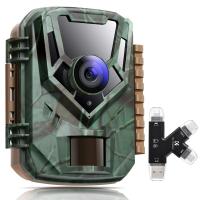

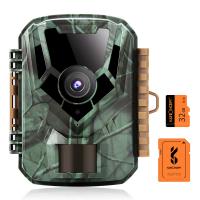
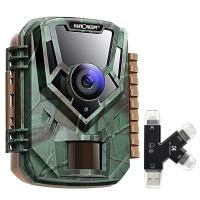

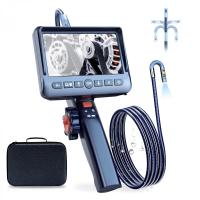

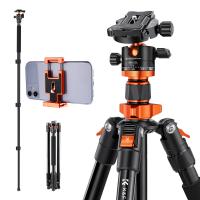


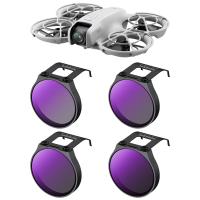

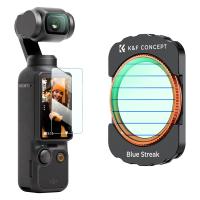




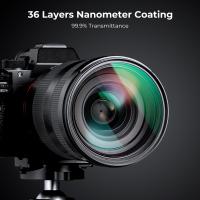

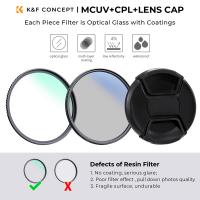

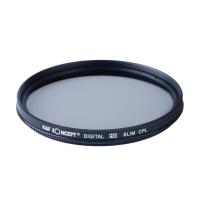
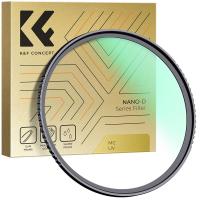
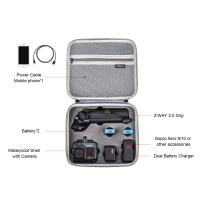

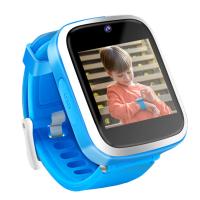
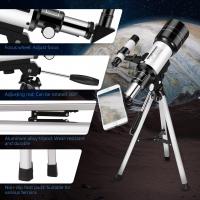

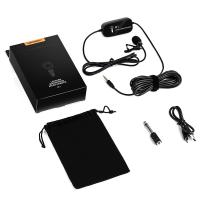

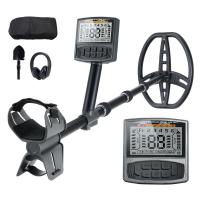
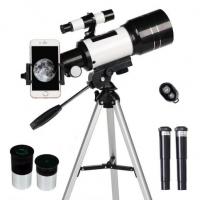
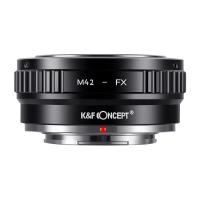


There are no comments for this blog.